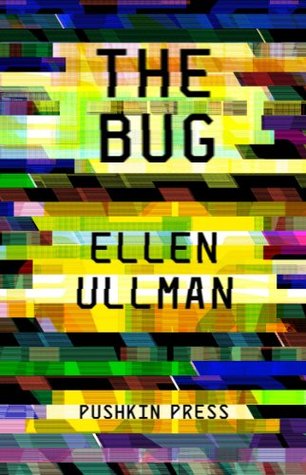 Mary Shelley wrote a novel called Frankenstein, about a creation overpowering its creator. Unknowingly, she lived out the drama of her story – nothing else she wrote achieved the same fame, and her entire existence is a footnote to Victor Frankenstein. One day, Mary Shelley’s name will be spoken for the last time. Some other day afterwards, Frankenstein’s name will be spoken for the last time. The interval in between might be thousands of years.
Mary Shelley wrote a novel called Frankenstein, about a creation overpowering its creator. Unknowingly, she lived out the drama of her story – nothing else she wrote achieved the same fame, and her entire existence is a footnote to Victor Frankenstein. One day, Mary Shelley’s name will be spoken for the last time. Some other day afterwards, Frankenstein’s name will be spoken for the last time. The interval in between might be thousands of years.
Think of “Frankenstein’s monster” and what comes to mind? A shambling green Boris Karloff, with bolts sticking out of his neck? In the original book, the monster’s skin is yellow, and it has long black hair. The public’s conception of the monster changed with the years, to where it bears little resemblance to Mary Shelley’s creation.
It mutated. It evolved. Mary Shelley called it a monster. But perhaps in modern nomenclature it could be called a virus.
Ellen Ullman’s The Bug is a cyberpunk addendum to Frankenstein. A corporate programmer encounters a bug in his company’s software. This bug has a life of its own, resists his efforts to document and eradicate it, and cripples the program to the point of threatening the company’s big IPO.
At first, it’s called U-1017, as it’s the thousandth and seventeenth bug discovered in the program (although you’d think the programmers would use zero-indexing, making it U-1016). Then, matters become personal, and he calls it Jester. The fight against it takes on mythic proportions.
While he struggles against the bug, his personal life is falling to bits. His wife is unfaithful, the company is screwing him, and his neighbors play music too loud. His failure to defeat U-1017 feels like a referendum against his existence on Earth. Programming is literally the only thing he does. If he fails at that, then what’s left? He liberally comments his code with existential angst.
Ullman adds lots of interesting asides about programming, linguistics, and math. One of the book’s most interesting themes is Conway’s Game of Life: an x-y grid where cell-like automata live, breed, and die in accordance with simple rules. This is introduced as a parallel to corporate programming. There’s a brilliant typographical conceit where the beginning of each chapter contains an iteration of the Game. Clever though this is, it spoils the book. The reader can guess the ending after seeing the final iteration.
(John Horton Conway, by the way, is another Mary Shelley. The Game of Life is so visually intuitive and thought-provoking that it overshadows most of Conway’s other work, much of which he feels is more significant.)
The novel is set in 1984, the age of the Apple Macintosh and the IBM. A lot of bands like Van Halen and Quiet Riot are name-dropped. Women are described as having padded shoulders so frequently that it becomes like a tic. A book like The Bug could never have been written today. The programmer would have posted his code on StackExchange and gotten six solutions by his midmorning break.
The Bug evokes a pretty powerful response from modest ingredients. It’s fascinating, and emotionally affecting. And Ullman doesn’t cheat: we actually do learn the solution to the bug in the end.
No Comments »
Comments are moderated and may take up to 24 hours to appear.
No comments yet.
